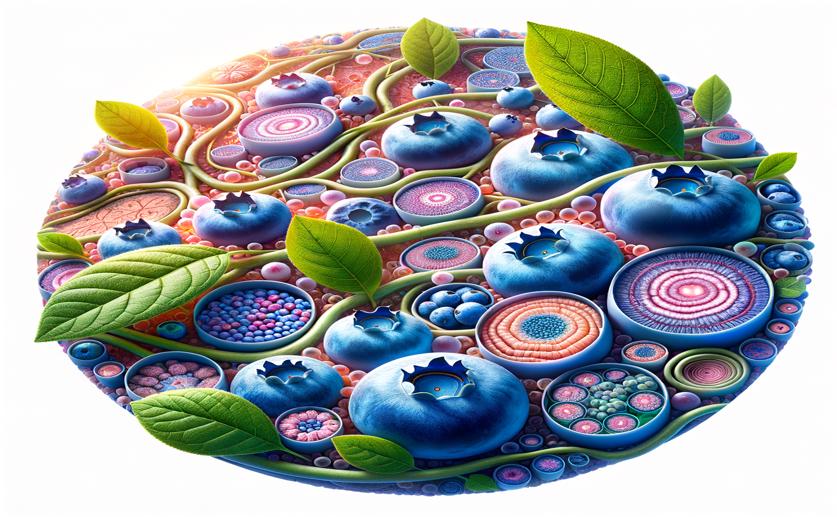
How Blueberry Fruits Grow at the Cellular Level
Jenn Hoskins
13th March, 2024

Image Source: Natural Science News, 2024
Key Findings
- Study at Guizhou University tracked "Powderblue" blueberry growth, showing a double "S" curve pattern
- Blueberries' cells divide quickly early on, then expand later, causing the fruit to soften and grow
- The study found about 50-60 seeds per blueberry, with seed parts maturing at different times
References
Main Study
1) Cytological characteristics of blueberry fruit development.
Published 12th March, 2024
https://doi.org/10.1186/s12870-024-04809-y
Related Studies
2) Blueberry fruit valorization and valuable constituents: A review.
3) Transcriptional regulation of fleshy fruit texture.
4) Physiological response of anthocyanin synthesis to different light intensities in blueberry.



 24th January, 2024 | David Palenski
24th January, 2024 | David Palenski